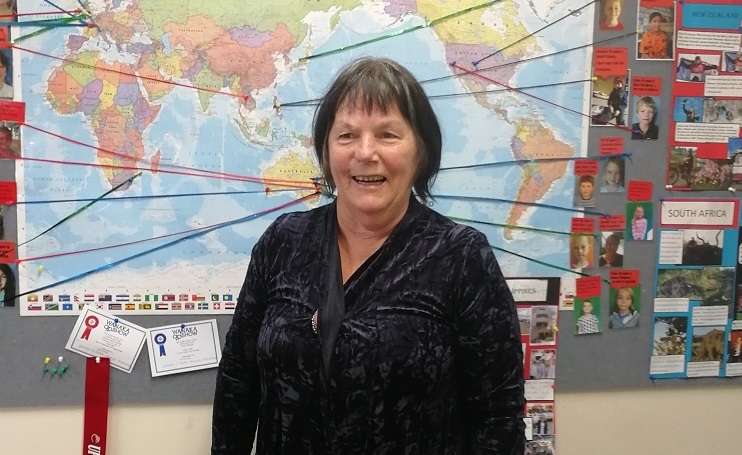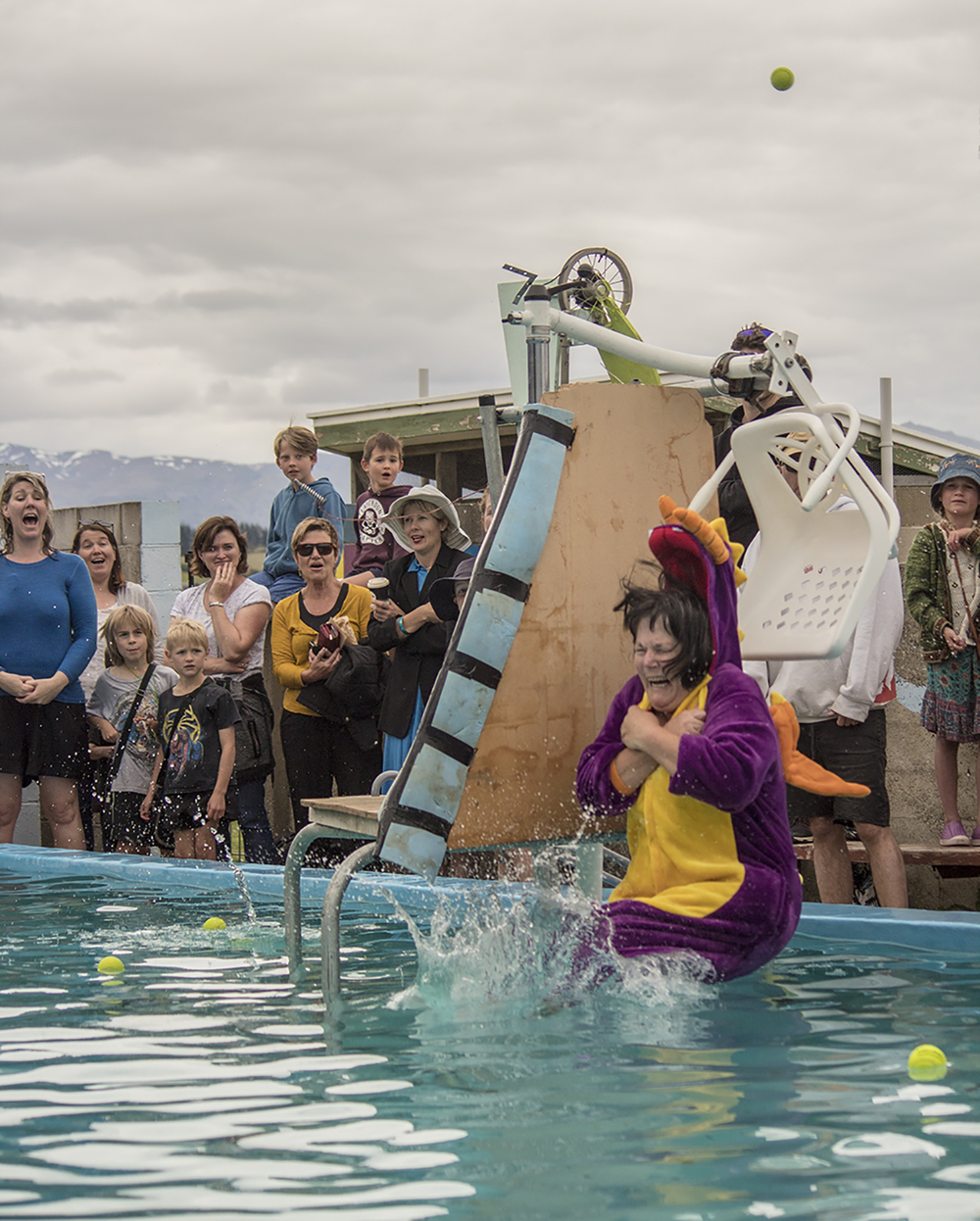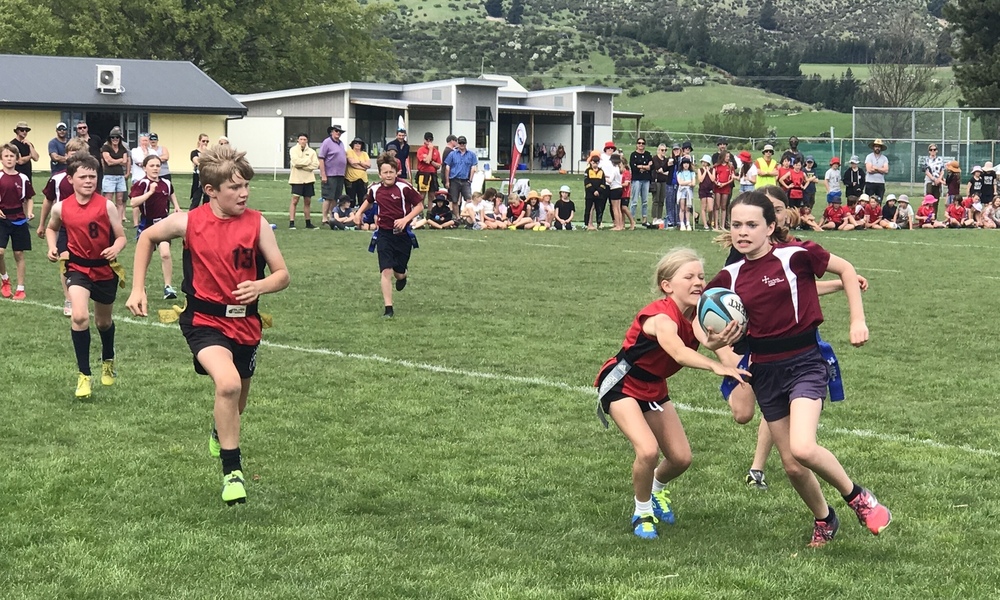Hāwea Flat School on the move?
Sue Wards
08 June 2022, 6:06 PM
 Hāwea Flat School is now marking time until the Ministry of Education makes decisions about its future. PHOTO: Supplied
Hāwea Flat School is now marking time until the Ministry of Education makes decisions about its future. PHOTO: SuppliedHāwea Flat School (HFS) was established in 1882 but it may not make it to 2030 if a proposal by the Ministry of Education (MoE) to move the school to Lake Hāwea is implemented.
After many hours engaging with MoE officials designing new classrooms for the rapidly growing school, the HFS board was shocked to be told the ministry had decided not to proceed with the plans.
What’s more, the MoE informed the board it was planning to relocate the school to Lake Hāwea - based on growth projections in the Queenstown Lakes District Council (QLDC) Spatial Plan.
Reaction to the proposal
Sue Heath, who was principal of HFS for 21 years until 2019, told the Wānaka App she was puzzled by the ministry’s proposal to relocate.
She said the only reason the decision would be made was the growth projections in the Spatial Plan, but other important factors include the economic cost of the investment in the Hāwea Flat site, the space available there, the rapid growth of the roll, the existing facilities, and the site’s history.

Former principal Sue Heath. PHOTO: Supplied
“The environment that the school currently has is really good for the kind of education provision that this school has always valued. I would hate to see them lose all that,” she said.
“In the meantime what’s happening at the school in terms of the buildings required to meet the [needs of] children that are there now and those who will be there over the next 10 years?”
Sue also has concerns about the loss of the four teaching spaces which the MoE identified the school needed in 2019.
“The school put a lot of thought and effort and consultation with the school community about what sort of provisions, what did people value and how could they bring that to life. The classrooms included four teaching spaces with a shared space in the middle as well as break out spaces.
“The staff and parents will no doubt be gutted to see what they could have had compared to what they’re going to get.”
Sue said the history of the school should be a significant factor in retaining it.
The school was sanctioned by the Education Board in 1881.
“Part of what makes Hāwea Flat so special is the current site and the history that goes with it,” Sue said.
“There are so many stories to tell, so many wonderings leading to deep and rich learning all based on the history around the school. So much to lose that doesn’t seem to count by those making a decision based on projected growth.”
Spatial Plan the basis for relocation proposal
The MoE told the board the Spatial Plan signalled that future growth and development will be concentrated around Hāwea’s lake and village, rather than rural areas.
“We know that we will have to expand schooling to meet future growth and want to ensure it will be in a place that provides the greatest level of access for the majority of families.”

One of the school’s facilities is a swimming pool well-used by the community during summer. PHOTO: Wānaka App
The HFS roll is currently at 271, with 50 more children (mostly new entrants) enrolled to start this year.
“At the current rate of growth we would expect to get to 500 students within the next five to six years,” principal Tania Pringle told the Wānaka App
However the ministry said it won’t be planning for two schools.
“Hāwea Flat School will continue – just in a new place. It won’t be a second school, as we believe one larger school can meet the future needs of this community,” the MoE told the board.
Process of relocation
MoE deputy secretary Nancy Bell told the Wānaka App that planning for a potential new school site is in its early stages.
“When acquiring land we typically look for a site that is between three hectares to four hectares for a primary school. As we progress with this work, we’ll work closely with the school and their community.”
The current Hāwea Flat School site is approximately 3.5 hectares.

The school grounds are three and a half hectare. PHOTO: Wānaka App
The first step is to acquire land at Lake Hāwea, which could take between 18 months to two years. After that step comes planning for the design and construction, which typically takes three to five years.
The school would continue on the current site until a new school has been built, then it would “move in and continue teaching and learning from the new site”, the MoE said.
It advised the board the decision to relocate was its alone, but the board would have “an active role, especially in the visioning and design process” once planning for the new school site was underway.
Implications of the proposal on current facilities
The relocation proposal means four planned new classrooms have been abandoned for two more basic relocatable buildings, which won’t be ready until the beginning of term one next year.
Tania told the Wānaka App a “significant amount of time” was spent planning the new teaching spaces, but she was unable to comment on the financial outlay as the project was MoE led.
The project had gone out to tender.
“The buildings we had designed were much more collaboration spaces that would have met school and individuals needs better,” she said.
Once a school site is no longer needed for education purposes, it will be placed into the land disposal programme.
The school site includes hard courts, playing fields, a swimming pool, a meeting room (Grandview) funded by community donations, and a community bike park. These facilities are all well used by the community.
The school is centred in the school ‘triangle’, between the Hāwea Kindergarten and Hāwea Playgroup. The Hāwea Flat Hall is just across the road, and is the site of a range of after school activities including karate and dance classes.
“We can’t retain land for anything other than education purposes, but are aware there may be some community owned assets that we will have to manage as part of this future step, and work through returning these to the community (often is managed as an equity payment),” the MoE said.
The MoE’s plan is a proposal rather than a decision, leaving the school community in limbo until they are advised of any further developments.




